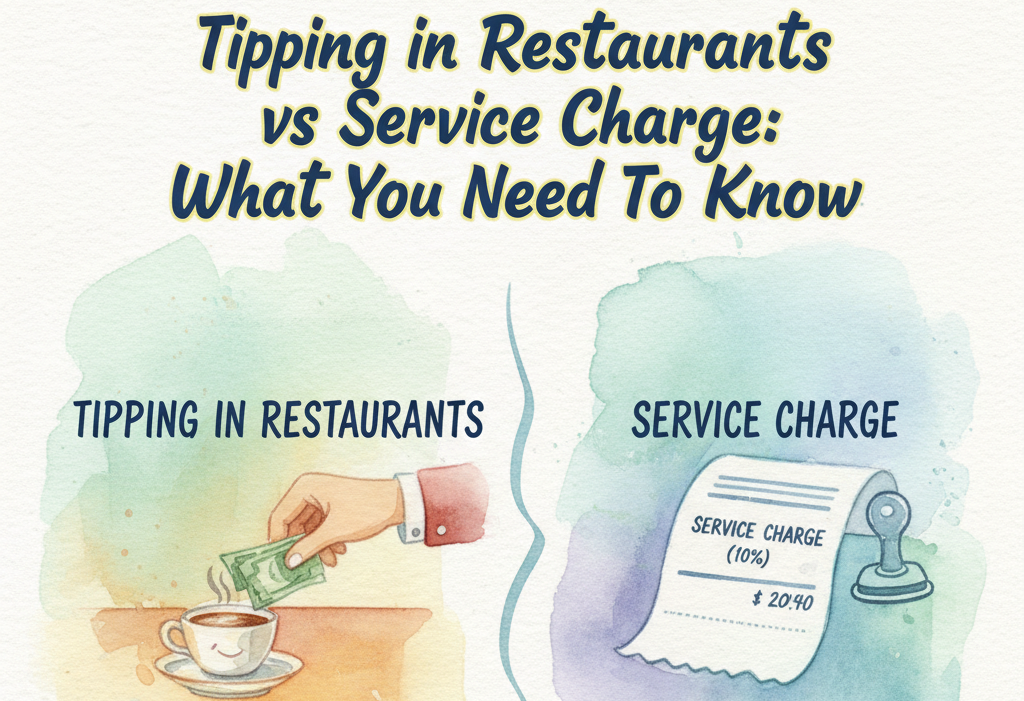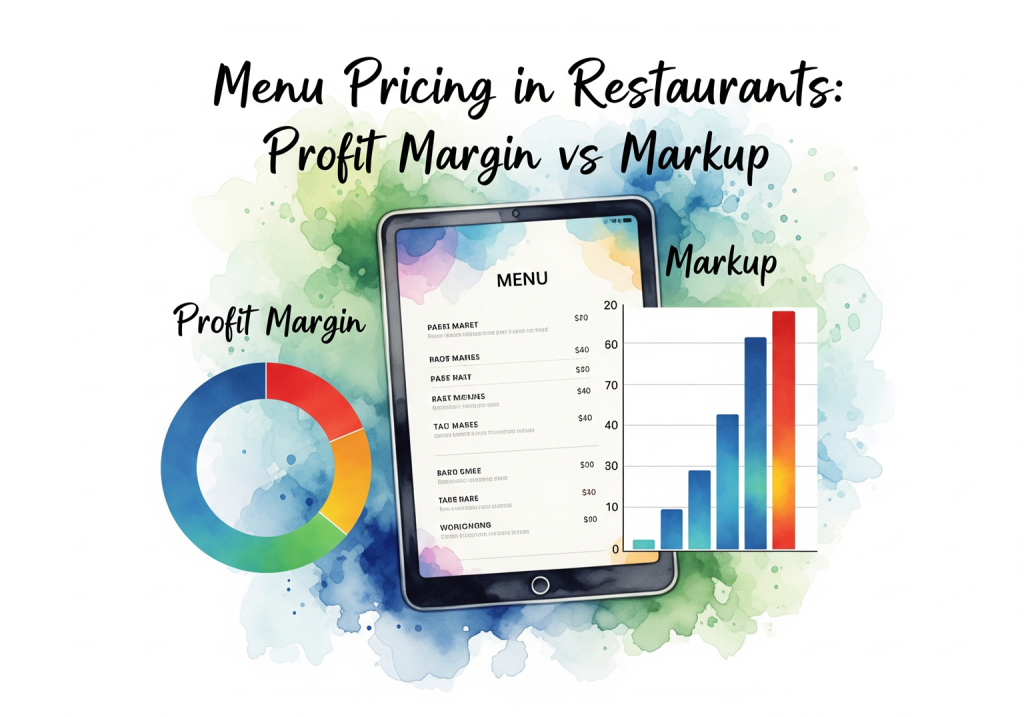Your restaurant menu plays a pivotal role in shaping the customer experience and driving business success. However, like any aspect of your restaurant, it requires periodic evaluation and updates to stay relevant and appealing. In this guide, we’ll delve into five key signs that indicate it’s time for a menu redesign and explore how to execute this effectively to boost your restaurant’s performance.
Outdated Design and Layout
Menus that haven’t seen a refresh in a while often suffer from an outdated appearance. If your menu looks like it belongs to a bygone era, it might be turning away potential customers. A redesign can breathe new life into your menu by incorporating modern design elements, intuitive layouts, and visually appealing aesthetics. Consider revamping your menu to reflect current trends and enhance the overall dining experience for your guests. Take inspiration from other restaurant menus for better ideas.
Poor Sales Performance
A telltale sign that your menu needs attention is poor sales performance. If certain items consistently underperform or fail to generate significant revenue, it’s a clear indicator that changes are needed. Analyze your sales data to identify underperforming items and consider revising or replacing them with more enticing options. A well-designed menu that highlights your best-selling items and introduces new, innovative dishes can help boost sales and attract more customers.
Customer Feedback and Requests
Listening to customer feedback is essential for any successful restaurant business. If you’re receiving complaints or suggestions about your menu, it’s crucial to take them seriously. Pay attention to common themes in customer feedback, such as confusing descriptions, limited choices, or requests for specific dishes. Incorporating customer feedback into your menu redesign can help address their needs and preferences, ultimately improving their dining experience and fostering customer loyalty.
Inconsistency in Theme or Branding
Your menu should be consistent with your restaurant’s theme and branding to create a cohesive dining experience. If your menu design feels disconnected from the rest of your establishment, it can create confusion for customers. Ensure that your menu reflects your restaurant’s ambiance, style, and offerings by incorporating consistent branding elements such as colors, fonts, and imagery. A well-aligned menu design will reinforce your brand identity and enhance the overall dining experience for your guests.
Changing Market Trends and Dietary Preferences
The food industry is constantly evolving, with new trends and dietary preferences emerging regularly. To stay competitive, it’s essential to adapt your menu to meet the changing demands of your customers. Whether it’s catering to dietary restrictions, embracing plant-based options, or incorporating ethnic cuisines, staying abreast of market trends can help keep your menu fresh and relevant. Conduct market research, monitor industry trends, and be proactive in updating your menu to reflect current preferences and tastes.
In conclusion, your restaurant menu is a critical component of your business that requires regular evaluation and updates to remain effective. By recognizing the signs that indicate it’s time for a redesign and taking proactive steps to refresh your menu, you can attract more customers, boost sales, and enhance the overall dining experience. Remember to listen to customer feedback, maintain consistency with your branding, and stay adaptable to changing market trends. A well-designed menu that reflects your restaurant’s identity and caters to customer preferences is key to driving success in the competitive restaurant industry.



